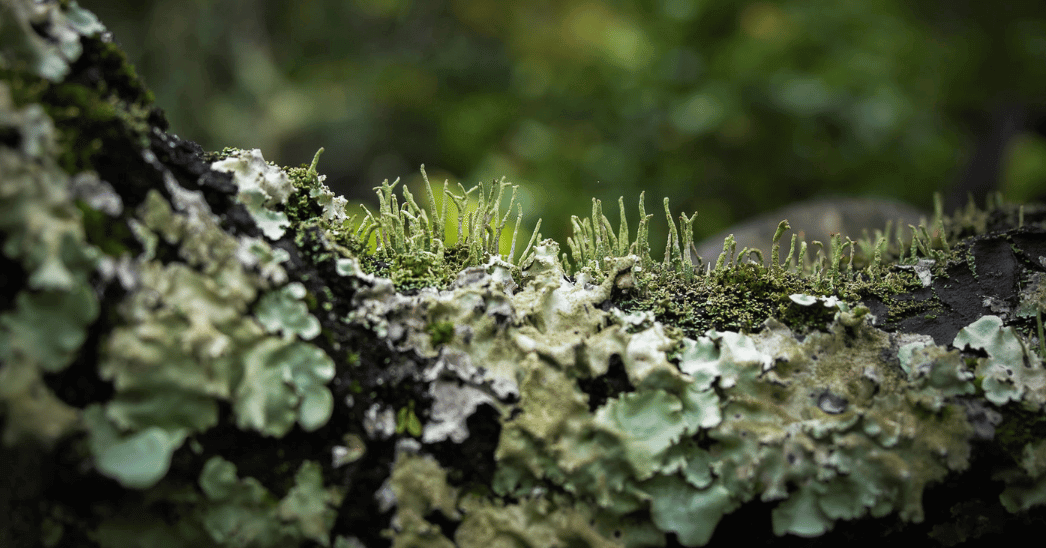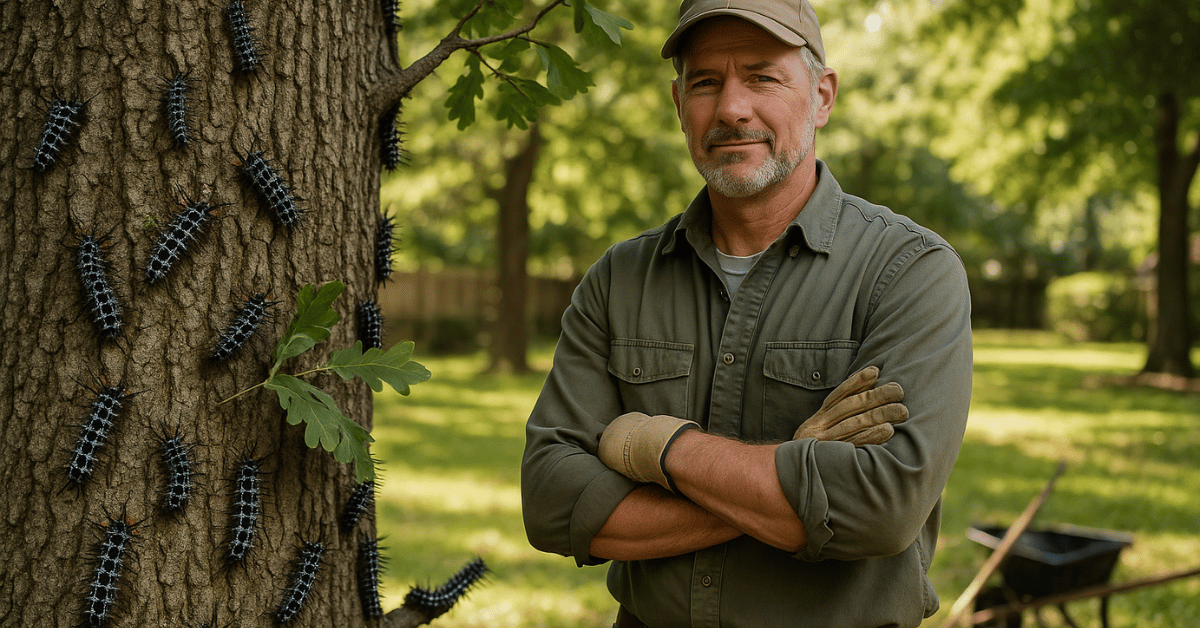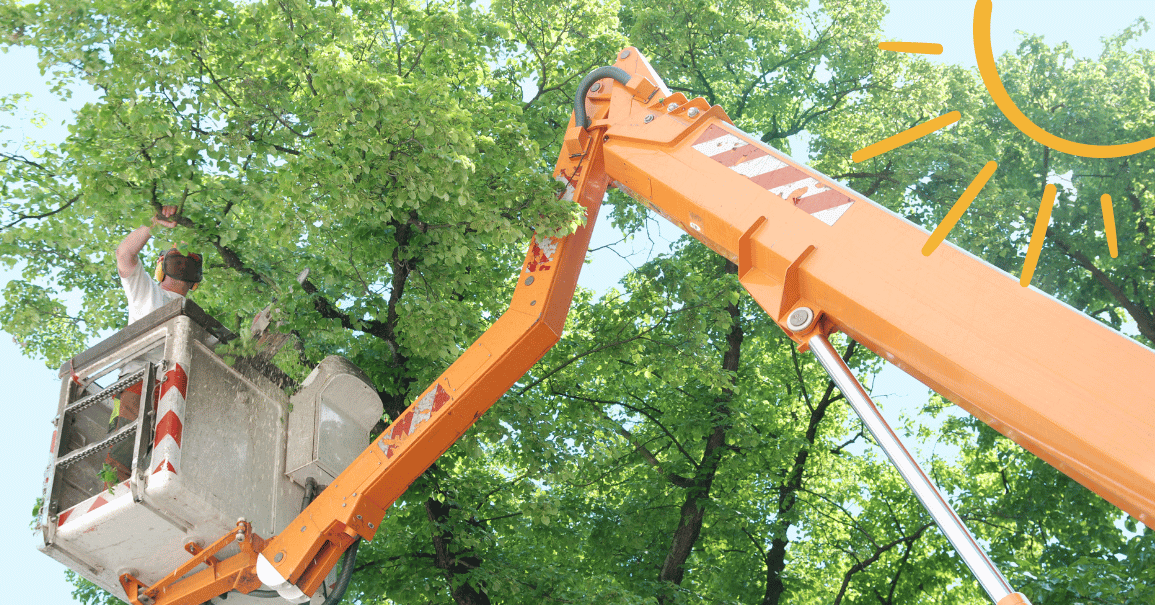Pawpaw trees (Asimina triloba) are unique. They're native to the eastern United States and grow in rich, fertile soils. Their fruit is the largest edible fruit native to North America, and the trees have distinct features that set them apart. Here’s how to identify them.
Pawpaw Tree Leaves
Pawpaw tree leaves are easy to recognize. They are large, simple, and oblong. Each leaf can grow between 6 to 12 inches long and about 3 to 5 inches wide. The leaves have a deep green color and a glossy surface. When you touch them, they feel leathery but not too thick.
In the fall, the leaves turn a bright yellow. The color change makes the tree stand out in a forest. Another unique trait is the smell. When you crush a pawpaw leaf, it releases a strong, almost unpleasant odor. This can help you confirm if the tree you’re looking at is a pawpaw.
Pawpaw Tree Bark
The bark of a pawpaw tree also has distinct features. It’s smooth when the tree is young, with a light gray or brown color. As the tree ages, the bark can become slightly rough, developing small, wart-like bumps. These bumps give older trees a textured look but never become deeply ridged or furrowed like oaks or maples.
When inspecting pawpaw tree bark, look for a light and smooth appearance. The tree trunk is usually slender and doesn’t grow very wide. Pawpaw trees can reach up to 15 to 30 feet tall, so they don’t have a massive trunk like larger hardwoods.
Pawpaw Tree Growth Pattern
Pawpaw trees often grow in clusters. This is because they spread through root suckers. It’s common to find several trees growing together, forming a small grove. They thrive in shaded areas but can also grow in full sun, where they tend to produce more fruit.
The tree’s overall shape is pyramid-like. Young pawpaw trees have a narrow form that widens as they mature. The branches spread out evenly, giving the tree a balanced appearance. However, the lower branches can sometimes droop, especially in mature trees.
Pawpaw Flowers
Pawpaw flowers are unique and worth mentioning. They bloom in early spring and have a deep maroon or reddish-brown color. Each flower has six petals and can grow up to 1 to 2 inches wide. The flowers hang downward and have a bell-like shape.
You’ll often notice these flowers before the leaves fully emerge in the spring. They add a pop of color to the tree and are easy to spot. However, their smell isn’t pleasant. The scent attracts certain types of pollinators like flies and beetles.
Pawpaw Fruit
The fruit of a pawpaw tree is another standout feature. Pawpaw fruits are oblong, resembling a small mango. They grow in clusters, and each fruit can be 3 to 6 inches long. When ripe, the fruit turns from green to a yellowish-brown color.
The inside of the fruit is creamy and sweet. It tastes like a mix of banana, mango, and melon. This tropical flavor makes pawpaw fruit a favorite among foragers. The seeds inside are large, dark, and spaced throughout the fruit.
Habitat and Location
Pawpaw trees are found in the eastern United States. They prefer rich, well-drained soils, often growing near rivers and streams. In the wild, they thrive under the canopy of taller trees, which provides them with partial shade. However, they can also do well in sunny locations if planted in a garden or orchard.
In Pennsylvania, Delaware, and New Jersey, you can spot pawpaw trees in local forests or nature preserves. They are more common in moist, wooded areas with fertile soil.
How to Care for Pawpaw Trees
If you want to grow a pawpaw tree, it’s essential to understand their needs. They require rich, slightly acidic soil with good drainage. Young trees need regular watering, especially during dry spells. Mulching around the base can help retain moisture and protect the roots.
Pawpaw trees don’t usually have significant pest problems. However, deer may browse on the leaves, and raccoons or opossums may eat the fruit. If you’re growing pawpaw trees for their fruit, it’s essential to plant at least two trees for proper pollination.
Pruning isn’t necessary for pawpaw trees but can help improve their shape. Removing dead or damaged branches encourages healthy growth. Additionally, thinning the canopy can help more sunlight reach the lower branches, which can boost fruit production.
Conclusion
Pawpaw trees are fascinating and easy to identify. Their large leaves, smooth bark, and unique fruit make them stand out. If you’re in Delaware, Pennsylvania, or New Jersey and need help with tree identification or care, contact Strobert Tree Services. Our certified arborists can provide a free health assessment for your trees. We’re here to help you keep your trees healthy and thriving.
For more information or to schedule a consultation, reach out today. Let our experts guide you in caring for your trees and preserving the beauty of your landscape.











